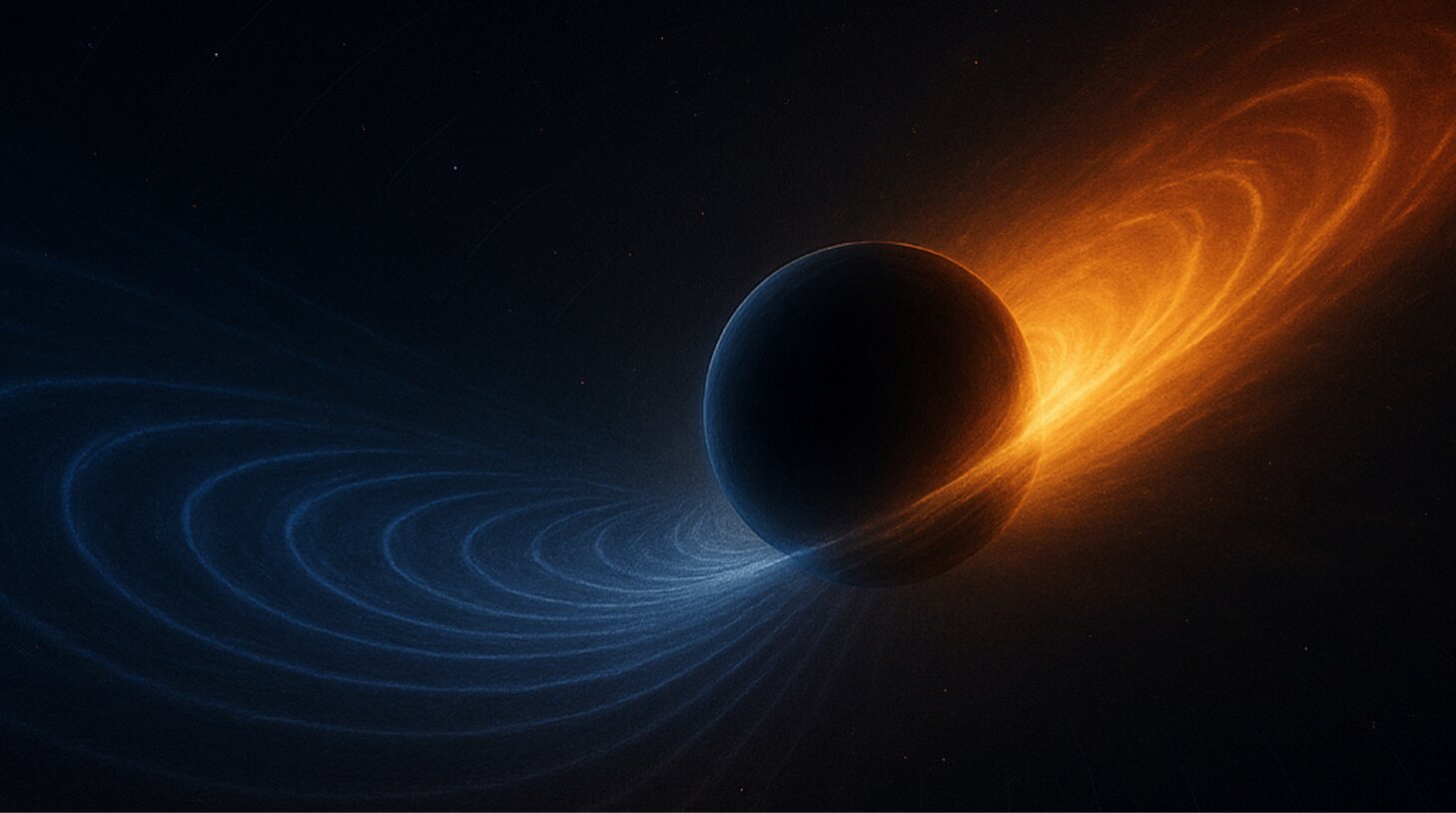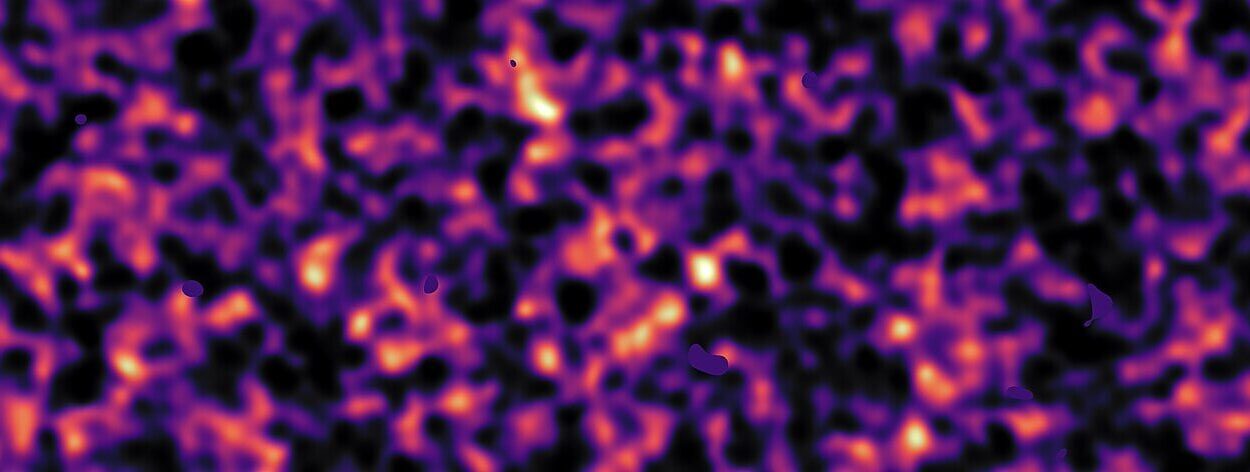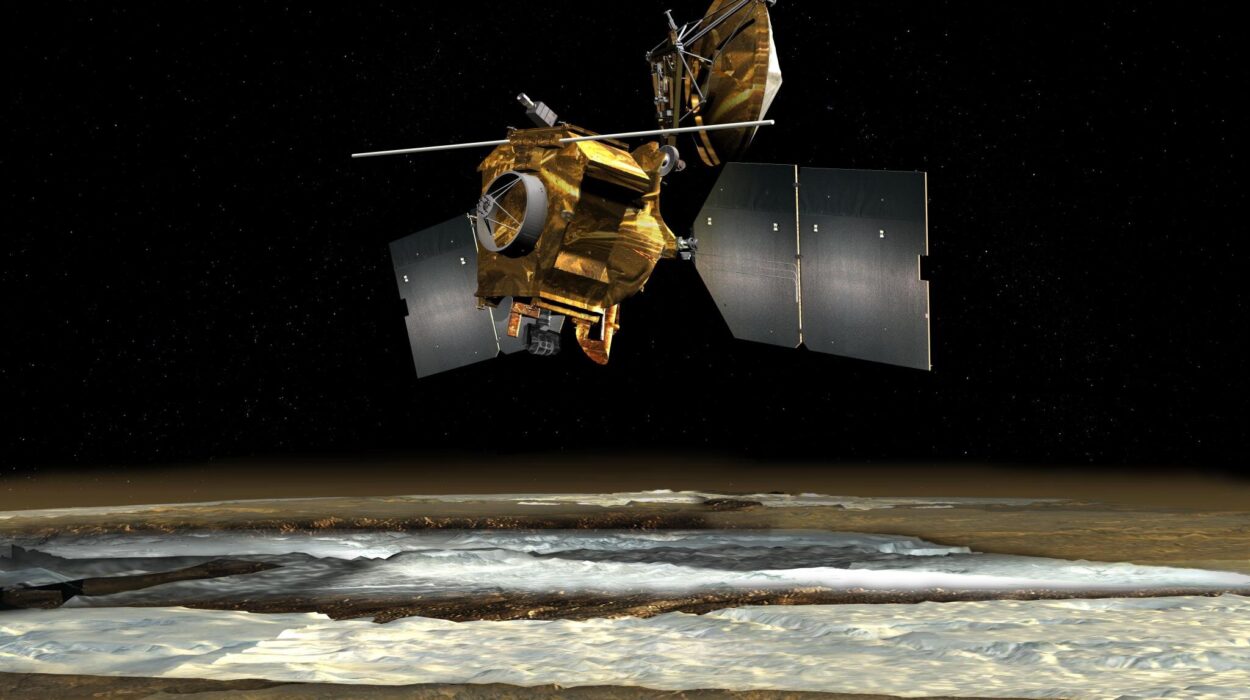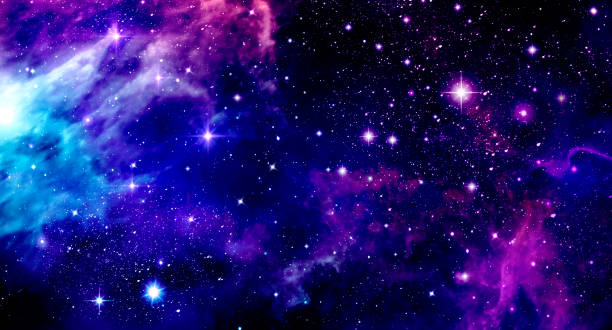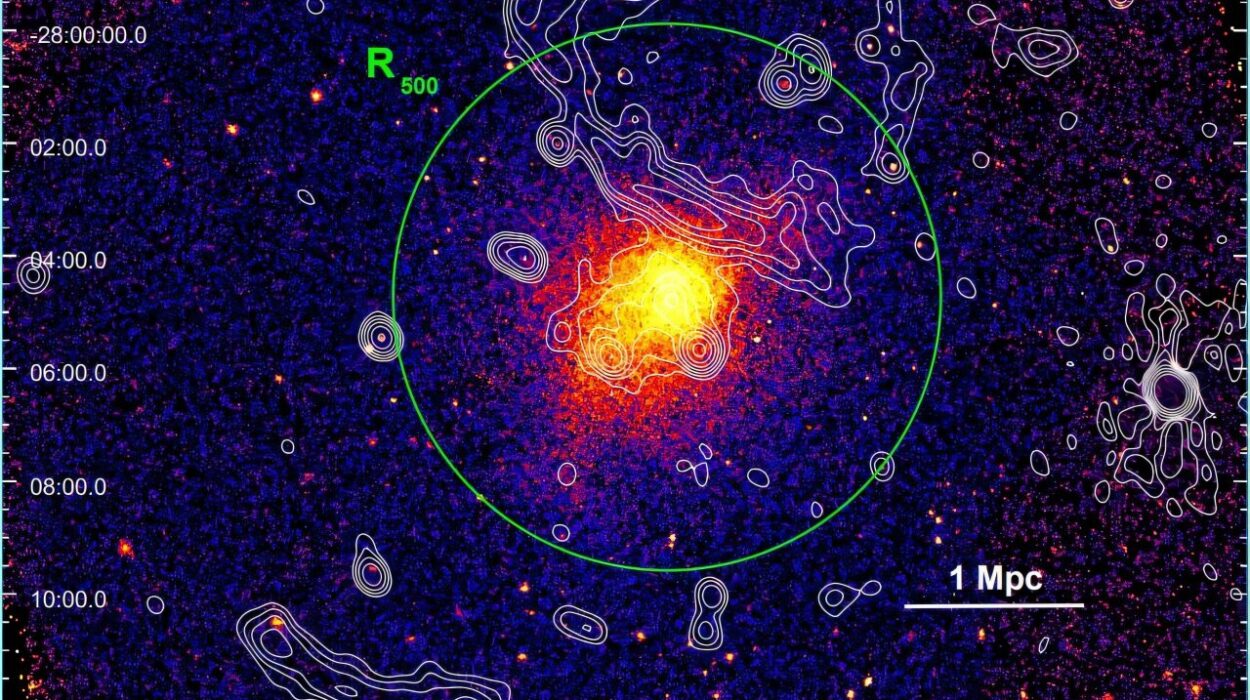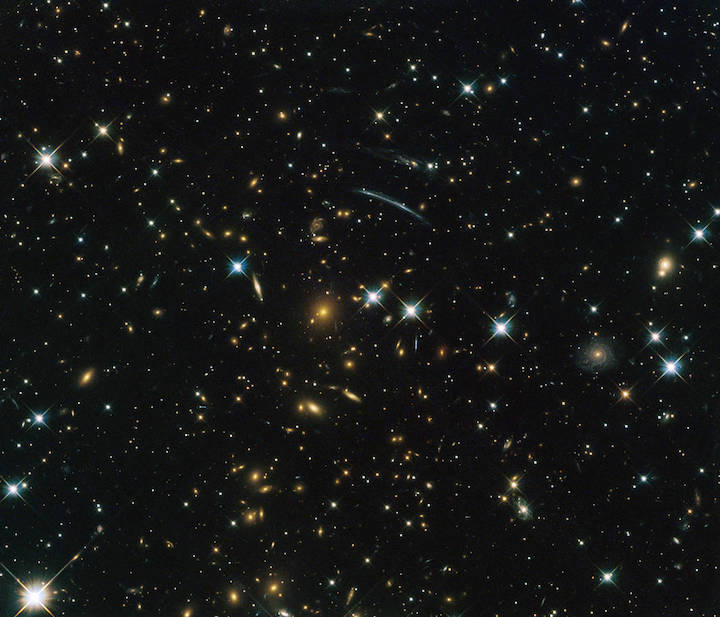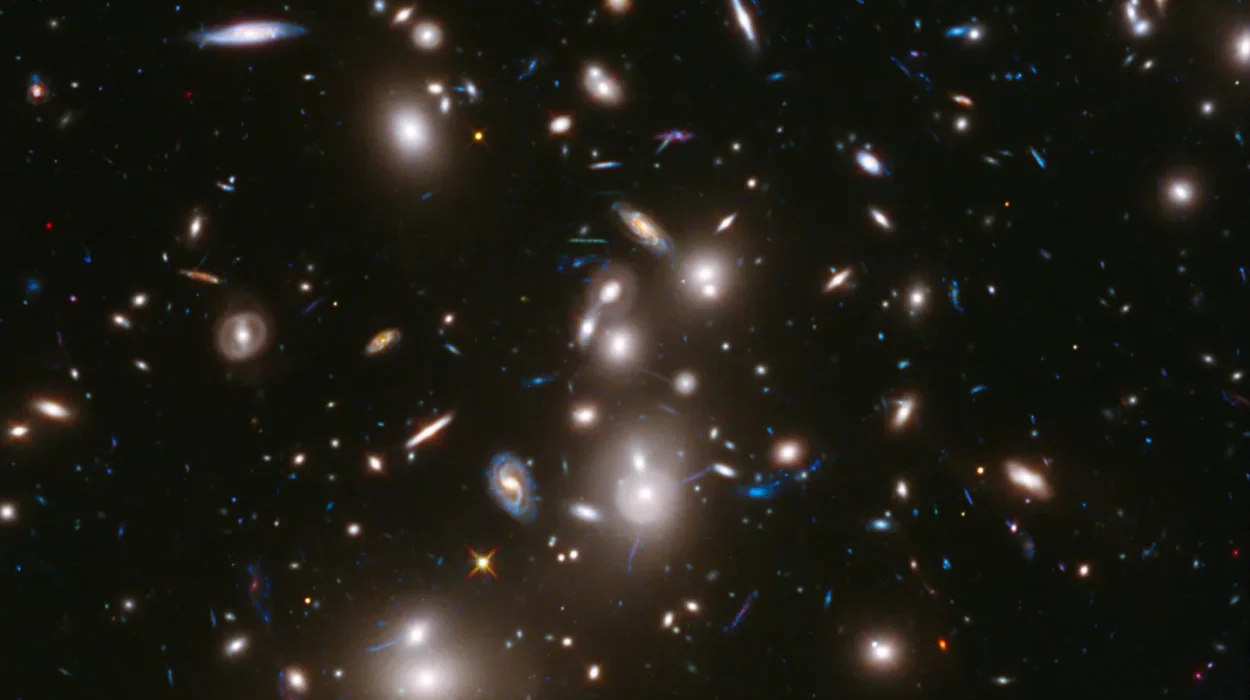When Albert Einstein first predicted the existence of gravitational waves in 1916, he could hardly have imagined the immense patience humanity would need to witness them. These ripples in the fabric of spacetime, born from the most violent events in the cosmos, are so faint that detecting them requires instruments of almost unimaginable sensitivity. For a hundred years, they remained whispers, hidden beyond our reach.
Then, in September 2015, the silence broke. Advanced LIGO, with its twin detectors in Washington and Louisiana, captured the first-ever signal: GW150914, the death cry of two colliding black holes thirty times the mass of our sun. It was a moment that forever transformed astrophysics, opening a brand-new window onto the universe. Since then, nearly 300 such events have been recorded, each one a story written not in light but in the very structure of spacetime.
The Strange Kick of a Newborn Black Hole
Black holes are mysterious enough on their own, but when two of them collide, the drama intensifies. They do not simply merge into a quiet, still remnant. Instead, the newborn black hole often recoils—kicked away by the uneven emission of gravitational waves. This recoil can reach astonishing speeds, thousands of kilometers per second, sometimes so fast that the black hole is expelled from its home galaxy, destined to wander the cosmic void forever.
For years, astrophysicists suspected this was happening but lacked the tools to measure both the speed and direction of such a recoil. Now, in a breakthrough published in Nature Astronomy, a team led by the Instituto Galego de Física de Altas Enerxías (IGFAE) at the University of Santiago de Compostela has done exactly that.
Listening to the Cosmic Orchestra
The key lies in the way gravitational waves are recorded. Much like sound waves from a symphony orchestra, the signals from a black-hole merger are a superposition of different “instruments”—different patterns of spacetime ripples produced by the motion and spin of the black holes. Observers positioned at different angles will hear a slightly different “performance.”
Professor Juan Calderón-Bustillo, lead researcher of the study, explains: “Black-hole mergers can be understood as a superposition of signals, like music played by many instruments. This orchestra is special: audiences in different positions will record different combinations of instruments. That difference tells us where we are around the source.”
By analyzing these variations, the team could reconstruct not only the speed of the recoil but also its precise direction relative to Earth.
The Event GW190412: A Cosmic Kick in Action
The historic measurement came from the event known as GW190412, detected in 2019 during LIGO and Virgo’s third observing run. Unlike many earlier mergers, this event involved black holes of unequal mass, which produced the “orchestral richness” needed to extract information about the recoil.
The analysis revealed that the remnant black hole shot away at over 50 kilometers per second—fast enough to escape a globular cluster, though not quite enough to flee an entire galaxy. More importantly, the team mapped its direction relative to Earth, the system’s orbital momentum, and the separation line of the binary just seconds before the merger.
This was not just a detection. It was a reconstruction of the 3D motion of an object billions of light-years away, pieced together using nothing but ripples in spacetime. As Dr. Koustav Chandra of Penn State put it, “This is one of the few phenomena in astrophysics where we’re not just detecting something—we’re reconstructing the full 3D motion of a black hole. It’s a remarkable demonstration of what gravitational waves can do.”
A Dream Realized
The technique that made this possible was first proposed in 2018, when Calderón-Bustillo and collaborators suggested that Advanced LIGO might, under the right conditions, measure black-hole recoils. At the time, no suitable signals had been detected. Yet the researchers held onto their vision. Just a year later, when GW190412 was recorded, the opportunity arrived.
“It was extremely exciting,” Calderón-Bustillo recalls. “We had predicted this moment, and when the data finally matched our expectations, we knew we could do it. We weren’t just listening to a black-hole collision—we were watching the remnant being kicked across space.”
Why Recoil Matters
Measuring black-hole recoils is not merely a curiosity. It has profound implications for astrophysics. If black holes can be ejected from their host clusters or galaxies, this shapes our understanding of how black-hole populations evolve, where they live, and how often they collide.
Moreover, recoils may play a key role in multimessenger astronomy—the study of cosmic events using both gravitational waves and electromagnetic signals, such as light. Samson Leong, Ph.D. student at The Chinese University of Hong Kong and co-author of the paper, explains: “Black-hole mergers in dense environments can lead to detectable electromagnetic flares as the recoiling remnant passes through gas-rich regions like active galactic nuclei. Because the visibility of such flares depends on the recoil’s orientation relative to Earth, being able to measure the recoil direction is crucial. It helps us distinguish true gravitational-wave and light pairs from random coincidences.”
The Road Ahead
This achievement marks only the beginning. As gravitational-wave observatories grow more sensitive and new detectors like LISA (Laser Interferometer Space Antenna) launch into space, scientists will capture an even richer symphony of cosmic events. The ability to measure recoils promises to unlock deeper insights into the lives of black holes, the environments they inhabit, and perhaps even the fate of galaxies themselves.
What began with Einstein’s prediction over a century ago has now blossomed into one of the most extraordinary tools in modern science. Gravitational waves allow us to not only listen to the universe but to watch it move in ways once thought impossible.
And so, somewhere billions of light-years away, a black hole is racing through space at breathtaking speed, carrying with it the echoes of the most violent cosmic dance. Thanks to human ingenuity, we not only know it exists—we know where it is headed.
More information: Nature Astronomy (2025). www.nature.com/articles/s41550-025-02632-5
